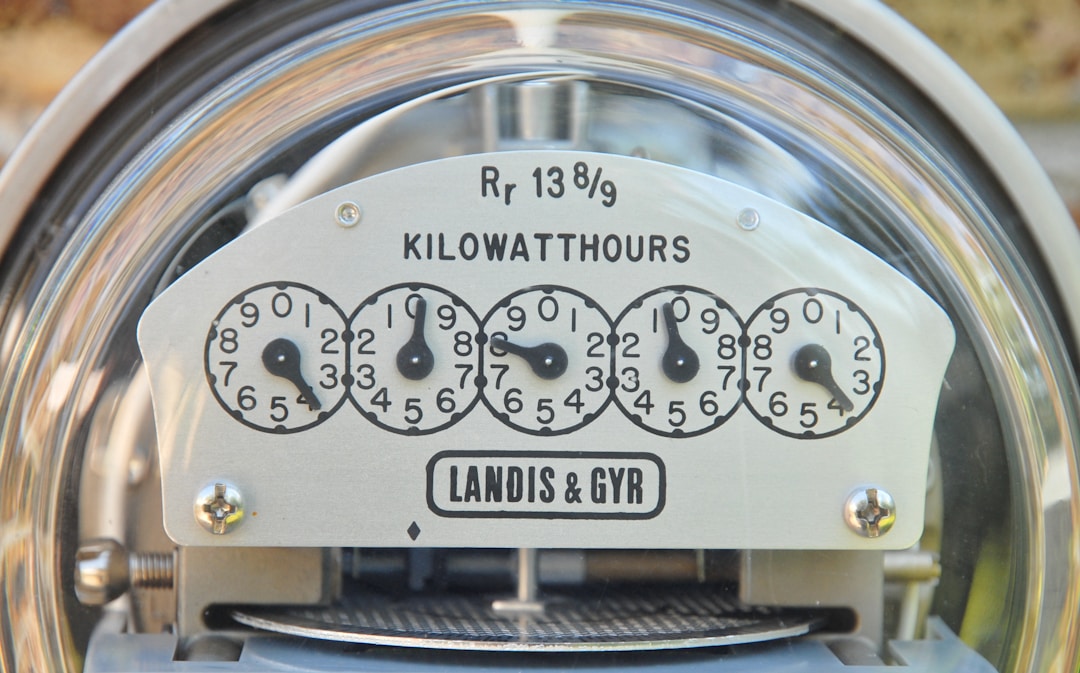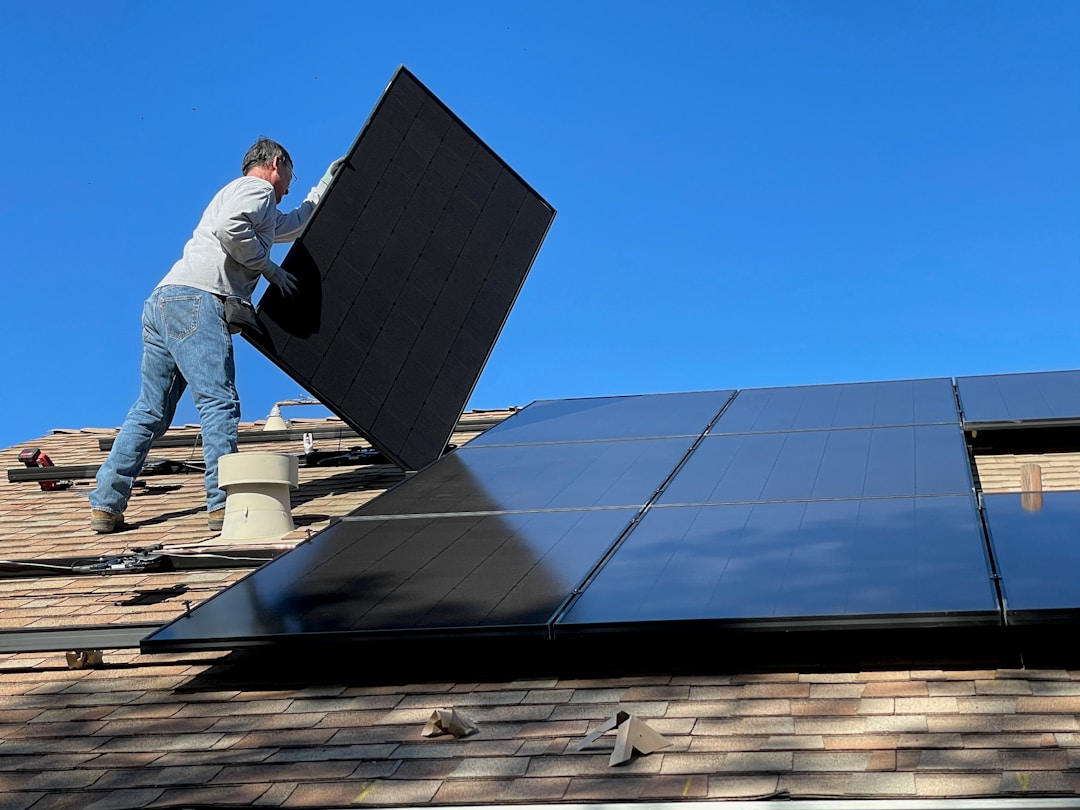It’s hard to imagine life without electricity – from powering the essential items in our homes to providing light during dark hours. Over the last century, our dependency on this energy has increased to a point where we cannot fathom a world devoid of electricity. However, the sources of electricity, which have traditionally been fossil fuels and non-renewable energy, have proven to be detrimental to the environment. Thus, the need for making a shift to clean energy sources, specifically clean electricity, has become more vital than ever. But what is clean electricity, why is it important, and how can we make the shift? Keep reading to find out more.
The Concept of Clean Electricity

Clean electricity is the overarching term used to describe electricity that is generated from renewable and non-polluting energy sources. Unlike traditional electricity sources such as coal or natural gas, clean electricity generation has a considerably lower environmental impact. This makes it an ideal option for those who are concerned about the negative effects of climate change and air pollution.
Renewable energy sources, such as solar power, wind power, hydroelectric power, and geothermal energy, are the primary contributors to clean electricity. These sources harness the natural resources available to us, such as the sun, wind, water, and heat from the earth’s interior, to produce electricity without emitting harmful greenhouse gases or other pollutants.
By relying on clean electricity, we can reduce our dependence on fossil fuels and mitigate the negative consequences of conventional electricity generation. With the increasing concerns over environmental degradation, focusing on clean electricity can help us reduce our carbon footprint and move towards sustainable living and energy independence.
The Importance of Clean Electricity
Traditional power plants release significant amounts of carbon dioxide and other pollutants into the atmosphere, contributing to global warming and air pollution. In contrast, clean electricity generation produces little to no carbon emissions, helping to combat climate change and improve air quality.
Switching to clean electricity is not only beneficial for the environment but also has sociopolitical and economic advantages. By diminishing our reliance on imported energy, clean electricity promotes energy security. It also reduces the dependency on fuels whose prices fluctuate unpredictably.
Moreover, the use of clean electricity encourages the growth of the renewable energy sector. This leads to job creation, innovation, and diversification of the energy supply. Lastly, shifting to clean electricity can lead to better public health outcomes. By reducing the levels of toxins in the air and water, clean electricity decreases the risk of serious health conditions like asthma, cancer, and heart disease.
A Look at Different Sources of Clean Electricity

As discussed, there are several renewable energy sources that can generate clean electricity, and companies like CleanChoice Energy are helping consumers make the switch to renewable energy. Through clean energy companies, you can purchase renewable energy from them instead of other energy companies that rely on fossil fuels.
Solar energy is produced from sunlight, which is undoubtedly one of the most popular forms of renewable energy sources on the planet today. It harnesses the power of the sun to generate clean, sustainable electricity without any harmful emissions or negative impact on the environment. The abundance and accessibility of sunlight make solar energy an attractive option for both residential and commercial use.
The process of converting sunlight into usable energy involves the use of photovoltaic (PV) modules, commonly known as solar panels. These panels consist of numerous solar cells that are made from materials like silicon, which have the ability to absorb sunlight and convert it into direct current (DC) electricity. This electricity then passes through an inverter, which converts it into alternating current (AC) electricity that can be used to power our homes, businesses, and even industries.
With advancements in photovoltaic technology, the cost of solar energy has significantly reduced over the past decade, making it an attractive and accessible form of clean electricity. You can even take advantage of community solar memberships in your area for even more access to clean power.
Wind energy, harnessed from the power of the wind, is another bountiful and sustainable source of electricity generation. Wind turbines, whether installed in windy rural areas or offshore, have the ability to generate a significant amount of electricity, contributing to the growing global demand for clean energy solutions.
By utilizing this abundant natural resource, rural communities can generate electricity with wind turbines, reducing their reliance on non-renewable energy sources and minimizing their carbon footprint. Offshore wind farms have also gained traction as an effective means of harnessing wind energy. Situated in coastal areas with strong and consistent winds, offshore wind turbines have the capacity to generate even larger amounts of electricity compared to their onshore counterparts.
Biomass energy, produced from organic waste like crop residues and animal manure, and hydroelectric energy, generated from running or falling water, are other effective sources of clean electricity. Geothermal energy, tapped from the earth’s internal heat, provides a reliable and consistent supply of clean electricity.
Each of these sources has its advantages and challenges, but all contribute to achieving our goal of a cleaner and more sustainable planet.
Policies and Measures to Promote Clean Electricity
Government incentives for switching to clean energy are an essential component of the global effort to combat climate change and promote sustainable development. In recognition of the urgent need to transition away from fossil fuels, many governments around the world have introduced various incentives to encourage individuals and businesses to adopt renewable and clean energy sources.
One of the most common incentives provided by governments is financial support in the form of tax credits or grants. These financial incentives aim to offset the initial costs of installing renewable energy systems such as solar panels or wind turbines. By reducing upfront expenses, governments make these clean energy technologies more accessible and affordable for homeowners and organizations. This not only encourages the widespread adoption of renewable energy but also stimulates economic growth by creating jobs and promoting investment in the clean energy sector.
In the United States, if you invest in renewable energy for your home, you may qualify for an annual Residential Clean Energy tax credit. The Residential Clean Energy Credit is a fantastic opportunity for homeowners in the United States to save money while investing in a cleaner and more sustainable future. Under this credit, homeowners can receive a tax credit equal to 30% of the costs incurred for installing new, qualified clean energy capabilities in their homes from 2022 through 2033. To be eligible for the credit, homeowners need to make energy-saving improvements to their homes. This can include a range of upgrades, such as installing solar panels, wind turbines, geothermal heat pumps, or even solar-powered water heaters.
The Role of Individuals in Promoting Clean Electricity

While policy and governmental action play a substantial role in promoting clean electricity, we must not forget the power of individuals. By choosing green energy providers, purchasing energy-efficient appliances, and considering solar panels or wind energy for our homes or workplace, we can contribute significantly towards the adoption of clean electricity.
Furthermore, advocating for clean electricity can work wonders. By spreading awareness, participating in local community clean energy projects, and exercising our rights as consumers and citizens, we can drive change from the ground up. In essence, adopting clean electricity is not just the responsibility of governments and corporations but of each of us. Together, we can forge a sustainable world for future generations.
Overall, clean electricity stands as an essential pillar of a sustainable future. In an era where climate change is no longer an abstract concept, but an experienced reality, the shift to clean electricity is no longer an option but a necessity. As a society, we have achieved remarkable things, and there’s no reason we cannot conquer this challenge. After all, our future is worth the fight. Therefore, let’s embrace the idea of clean electricity and work towards making it a universal reality.




